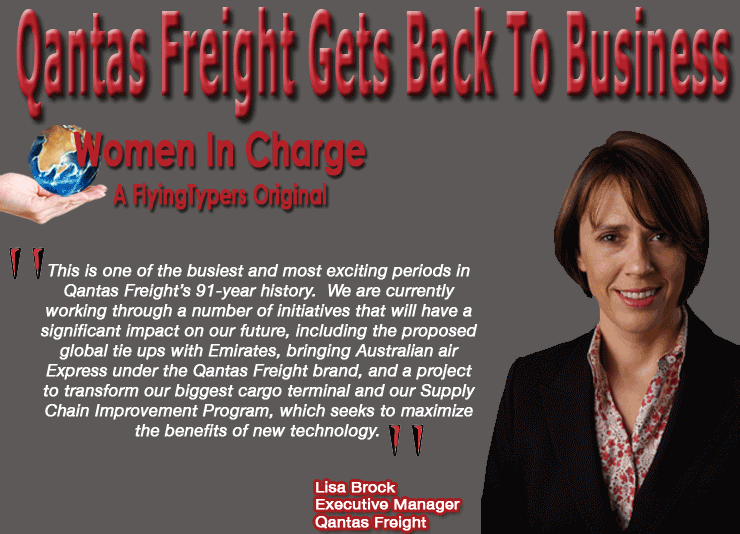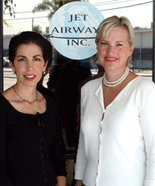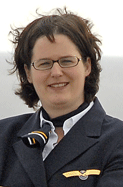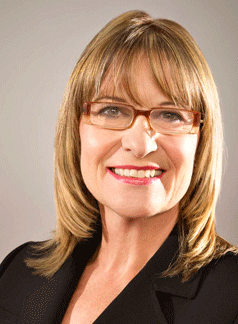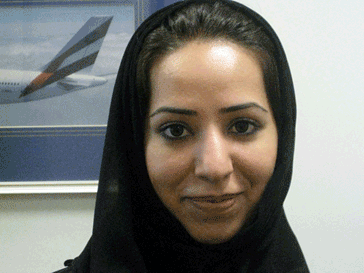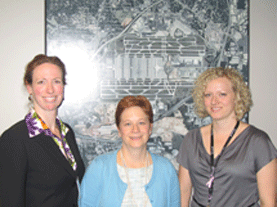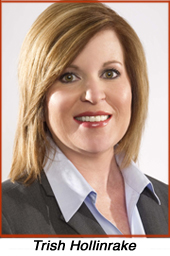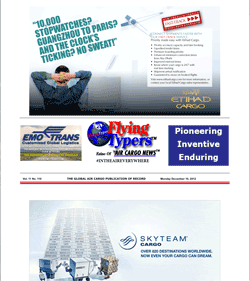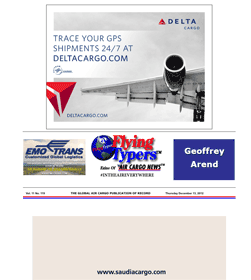 |
 |
|
| |
||
|
Vol. 11 No. 120 #INTHEAIREVERYWHERE Tuesday December 18, 2012 |
1975—Founded Air
Cargo News. We are the Original. |
 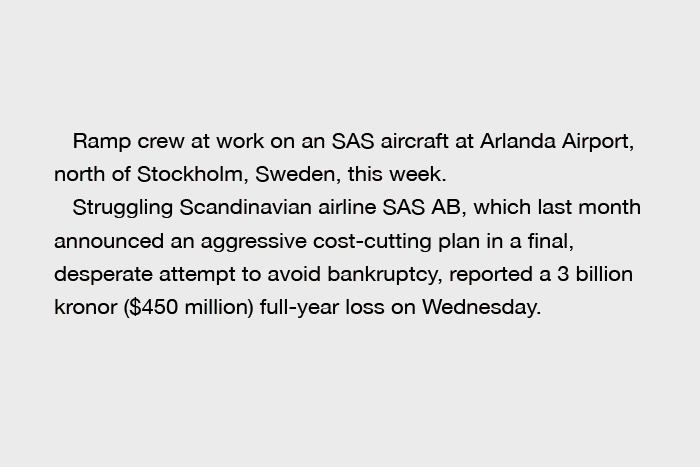
|
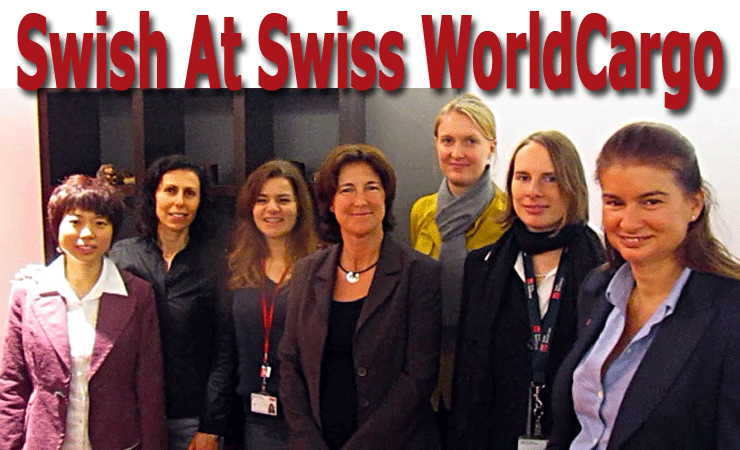 |
|||
 Bettina
Jansen
Bettina
Jansen |
 Leslie Taylor-McLaughlin |
 Karen Avestruz |
Danita Waterfall Brizzi |
 Lillian Chan |
 Flossie Arend |
Tell
the industry about
a female at any
level that you know,
or have known about
in air cargo. Write
a short essay about
what that woman
means to air cargo. Pictures
are welcome. |
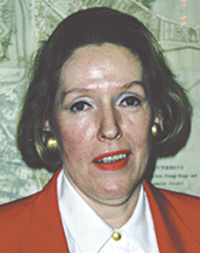 Traude Frigge (In Memoriam) |
 |
|
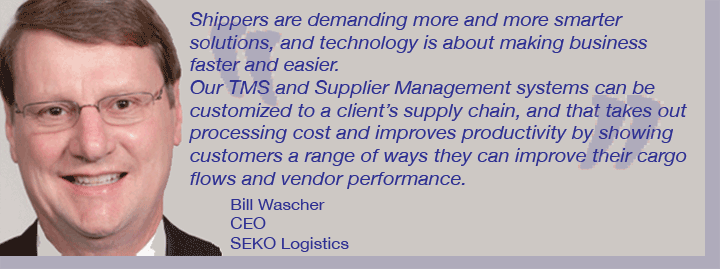 |
Although
there has been a
discernible shift
from airfreight
to sea-air and ocean
freight this year,
Seko’s fashion,
government, and
technology clients
still rely on regular
air freight shipments,
said Wascher.
“Especially
for high tech manufacturers
and fashion brands,
cash to cash cycles
are hugely important,”
he added. “At
SEKO, we have seen
more of a service
level shift, not
a modal shift. For
example, in the
United States airfreight
has shifted from
express service
to consolidation
via our five gateways,
so shippers still
demand airfreight
nonetheless.”
Air
cargo growth next
year will be led
by China, which
is currently building
52 international-standard
airports, he said.
“For
us, we see China
as a really bright
spot; it is increasingly
becoming a destination
for high-value goods,”
he said. “With
over 1,000 airplanes
on order between
the different airlines,
both international
and domestic airfreight
demand will continue
to grow.”
However,
European import
demand has been
adversely affected
by the recession,
he said. “It
should be noted,
however, that while
growth in Europe
is sluggish or even
at zero or slightly
decreasing, things
are not all bad,”
he added. “Companies
with products in
high demand continue
to prosper, for
example; high-end
consumer goods and
the latest electronic
gadgetry, such as
tablets, smart phones,
and also fashion
apparel.”
SEKO
has managed the
changing demands
of its clients by
investing millions
of dollars in supply
chain technology
and online tools,
which Wascher claims
have given the company
a solid foundation
from which to provide
custom-built and
scalable IT solutions.
“Shippers
are demanding more
and more smarter
solutions, and technology
is about making
business faster
and easier,”
he said. “Our
TMS and Supplier
Management systems
can be customized
to a client’s
supply chain, and
that takes out processing
cost and improves
productivity by
showing customers
a range of ways
they can improve
their cargo flows
and vendor performance.”
This
year SEKO was one
of the first logistics
providers to go
live with the U.S.
Air Cargo Advance
Screening (ACAS)
pilot initiative,
and Wascher believes
full engagement
is the most productive
way of dealing with
new regulations.
“Many
forwarders will
participate, but
we were one of the
first to go live,”
he said. “Not
only do we take
cargo security seriously,
but we also feel
it is critical for
the private sector
to be involved with
the regulatory process.
“The
more companies like
SEKO participate
in the implementation
of new regulations,
and governmental
agencies are willing
to accept feedback,
the more sustainable
and successful any
new regulation will
be.”
Sky
King
If
You Missed Any Of
The Previous 3 Issues
Of FlyingTypers |
|||||
|
|||||
FT120612 |
FT121312 |
||||
|---|---|---|---|---|---|


